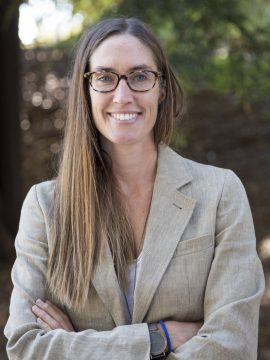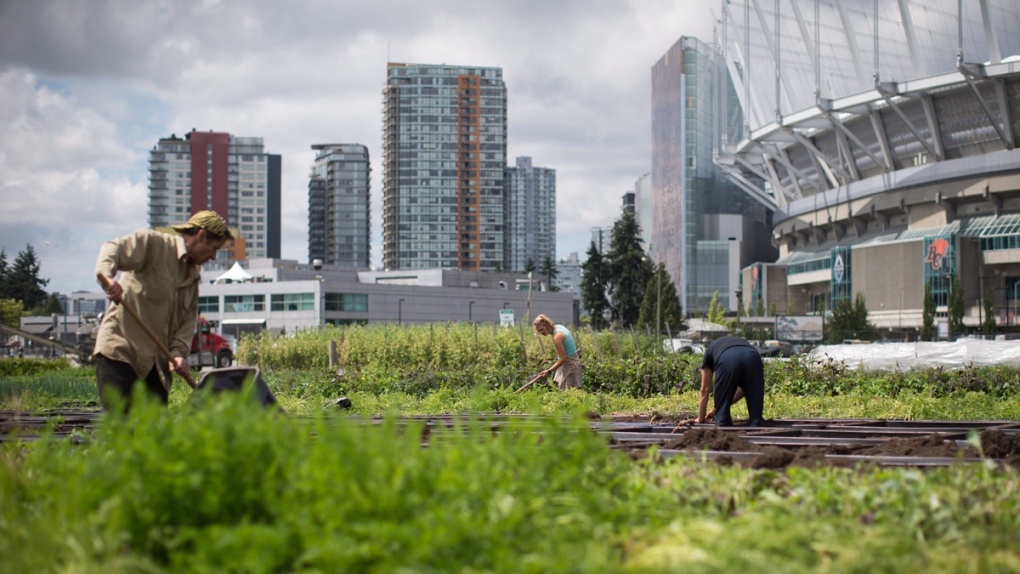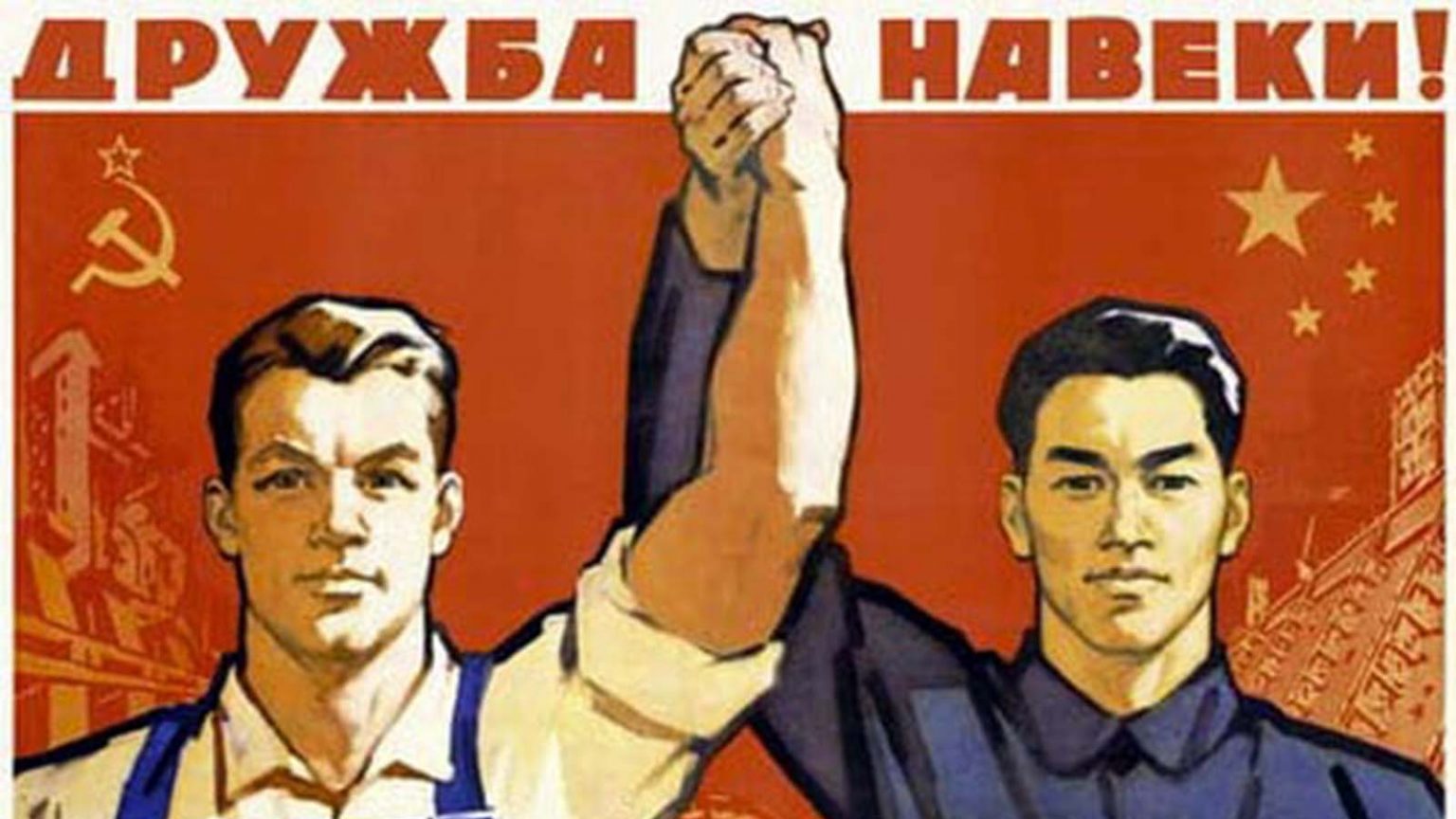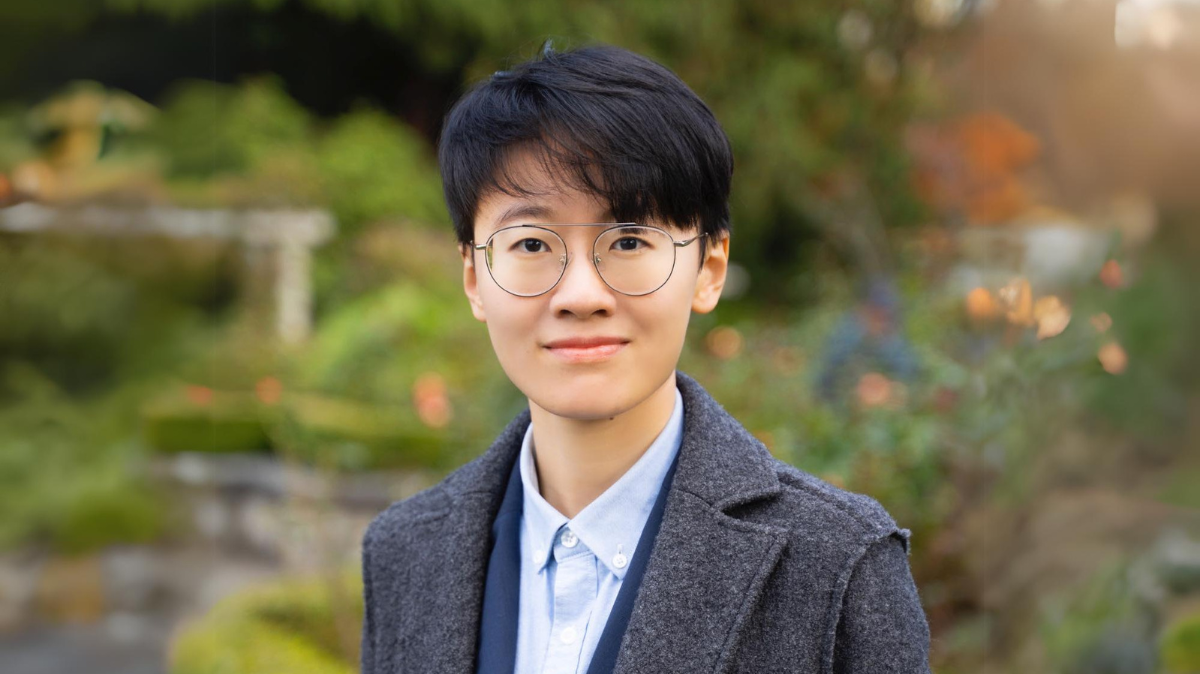A new UBC Sociology course ‘Shopping, Society, and Sustainability’ discusses major theories of consumer society, evaluating impacts of shopping on human and non-human environments and popular solutions to these impacts. We interviewed Prof. Emily Huddart Kennedy, and a graduate student and teaching assistant Emily Ismailzai about their new course: what it covers, what it was like to develop a course, challenges of teaching and more.


What do you cover in the course?
Emily Huddart Kennedy:The course uses everyday consumer goods to make sociology more accessible and intuitive. After a couple of weeks where we introduce the idea and history of a consumer society, we get into case studies. Each week, we look at a different case study: fast food, coffee, toys, weddings, phones, clothing, music and cars. Within the case studies, we try to teach the class a bit more about the consumer good in particular and use that good to learn about sociological concepts. And then we discuss the impacts of the good on environmental sustainability and social justice.
As a professor and teaching assistant team, you developed this new course together. What was it like to develop this new course?
Emily Ismailzai:As a graduate student who was interested in unpacking the complexity of consumption, I was learning from Dr. Kennedy’s expertise in consumer society. It was a transformative journey developing a new course from scratch with Dr. Kennedy, I learned how readings are chosen and how learning objectives are reached throughout the course. For graduate students interested in teaching and curriculum design, I find that developing a course with an expert in the field was a great learning opportunity and this experience has opened many doors for me in terms of various teaching opportunities.


Prof. Emily Huddart Kennedy
What are some challenges of teaching about shopping and sustainability?
Emily HK: I think my biggest challenge is staying within my 80-minute window! Since I started teaching this course, I’ve started to notice how much relevant content there is in the news media, on social media, in popular TV shows and media, and in simply moving through urban spaces. My other challenge is to make sure I don’t leave students feeling either like it’s their job to clean up consumption by being better consumers, or feeling like they have no ability to effect positive changes. We address this issue in the last week of the course.
Emily I: A challenge that I still face when it comes to sharing knowledge on shopping and sustainability is whether it can help students feel empower or stunt their ability to creatively navigate the structural inequalities that are embedded in shopping and sustainability! Students were able to breakdown their written assignments into several phases such as problems and solutions. By guiding students on how to approach their assignments, this allowed them to unpack the empowering changes they can implement in their day-to-day consumption at the final part of their assignment. The written assignment was a balancing act of recognizing problems but we also encouraged and prompt students to discover creative ways to address the issues found in consumer society.
What do you want everyone to know when leaving the course?
Emily HK: I find that when we broach the subject of sustainability in class, a lot of students believe that we have an overconsumption problem because people are selfish and that education will make people consume less. By introducing ideas like conspicuous consumption and status, and presenting information about corporate influence and marketing, I hope students can see how themes like overconsumption and sustainability require a sociological imagination. I would love it if, after taking the course, students found themselves challenging others who argue that overconsumption comes down to individual greed.
Emily I: I want students to recognize that solutions to problems often require a collective effort. It might feel discouraging to tackle large issues such as air pollution if we were only to think what one person can do. I hope students are able to take a step back and recognize that they’re part of a larger community who are interested in changing the way we consume goods.


What reading(s) on the subject would you recommend?
Emily HK: I have three recommendations.
- The first is a classic sociological text – Bourdieu’s book Distinction. It is long and often challenging to read, but I can’t think of a more thorough examination of consumer tastes and more convincing evidence that our tastes are socially-structured, not individual.
- My second recommendation is more lighthearted: Ling Ma’s novel, Severance. I LOVED this book and the whole time I was reading it, felt I could have assigned it in SOCI 230. It is set in the US after a virus has left most of the population in a zombie-like state, doing whatever they did most often while they were alive (e.g., shopping, working, cleaning). The handful of people who remain unafflicted move through an abandoned consumer society—from empty malls to ransacked Juicy Couture shops.
- My last recommendation is Hasan Minhaj’s Netflix show Patriot Act. I think Hasan could teach SOCI 230 – and he’d be way funnier than me! The episode on fast fashion is particularly relevant.
Emily I: Herbert Marcuse’s One-Dimensional Man! For students who are unsettled by overconsumption, this book really helped me recognize how consumption affects our view on ourselves and the world surrounding us. I read this book in my undergraduate, and it has been my go-to when I want to understand the complexity of consumer society.
A film that I’ve watched over and over again is Minimalism which can be found on Netflix. This is a popular documentary and introduced to me a counter-narrative of shopping. The film questions and unpacks overconsumption and showcase many people who thrive with very little consumer goods.
What other courses do you teach?
Emily HK: I teach SOCI 420, which is about the sociology of the environment. I also teach a graduate seminar on theorizing in sociology (SOCI 500).
How would you describe your teaching style?
Emily I: I would describe Dr. Kennedy’s teaching style as adaptive, engaging, kind, and compassionate. WOW, we were teaching this course in the midst of the global pandemic! During the end of the semester, my partner and I were sick and fatigue and feared the worst, so it was a difficult time for everyone. Despite all that was going on, Dr. Kennedy adapted quickly to teaching online and discussed with the class on what steps she can take to make the course less stressful during a frightening time. Before the pandemic, I was lucky enough to witness Dr. Kennedy’s engaging and fun way of teaching shopping and society in a lecture hall. She made use of TopHat, which is an interactive online teaching tool, and was able to invite all students to participate in her class. It was an honour to witness her teaching style and I have since used TopHat and her teaching style in my other courses.
Emily HK: I learned a lot from watching Emily facilitate workshops in the classroom! We designed these workshops together to give students a weekly, in-class exercise to apply the week’s concepts to a timely topic or issue. Emily was so calm in front of our big class and took the time to learn the names of every student who asked a question. When a student answered a question, she would paraphrase it so that the whole class could hear and check that she correctly understood the student. I could tell that these strategies made the students feel at ease speaking up in a large classroom. If I had to come with a label for Emily’s teaching style, I would call it “engaged facilitation” – she created the space for students to take risks and demonstrate their knowledge.


